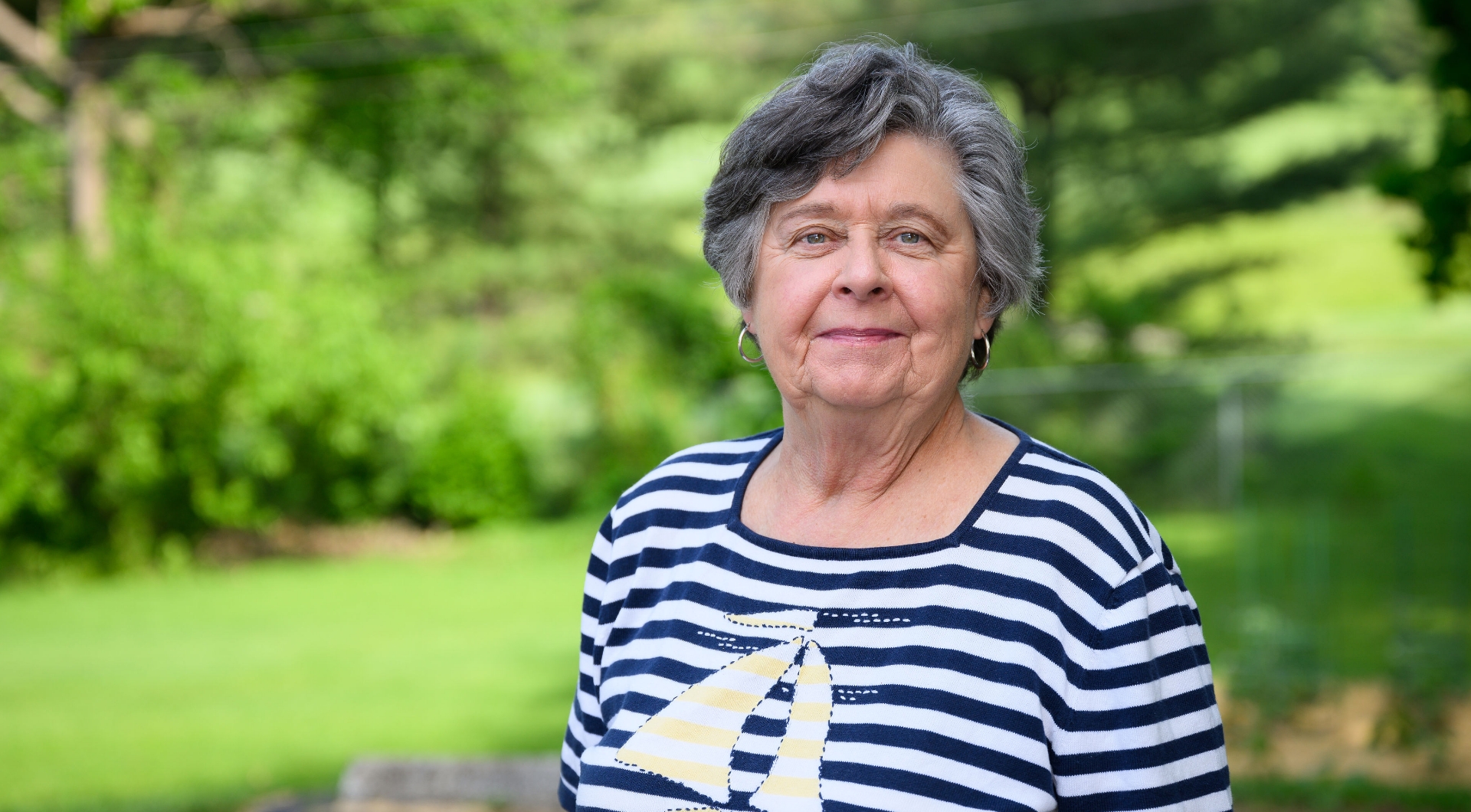





“A piece of cake.”
After ten years of knee issues and two previous surgeries, Helen Wheat’s second knee replacement was far easier than she expected. She credits the support of her family, her expert medical team, and something else she hadn’t expected: a robot.
“Ten years ago, I fell on vacation in Siesta Keys, the first day of vacation,” said Helen. “My son sent my x-rays back to [UK Orthopaedic trauma surgeon] Dr. Moghadamian. They flew me home and a week later he did this surgery. I had a tibial plateau fracture.”
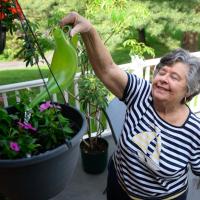
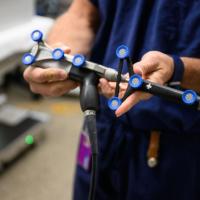
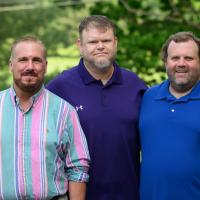

Helen was in her 60s then—an active high school teacher who loved to garden and cook. She was happy with the results of the surgery to repair her broken knee, but a few years later, that same knee gave out.
“One day, I started to get up from the chair and I couldn’t move,” said Helen. She consulted with another orthopaedic surgeon who proposed an unpleasant solution. “He was going to remove the bar in the knee and a month later, replace the knee, and leave me without a knee for a month.”
“My son said, ‘Dr. Selby can do that in one surgery.’ Within ten days he had me in the surgery and knee replaced, and I did extremely well with it. I’ve never had a bit of problem with it.”
Helen was so pleased with the results of her first surgery that she elected to have a total replacement on her other knee, returning to Dr. Jeffrey Selby at UK HealthCare’s Orthopaedic Surgery & Sports Medicine. “I wasn’t in a great deal of pain, but I could tell it was time,” she said.
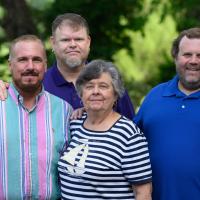
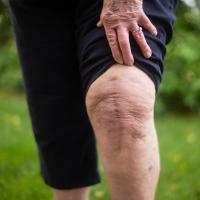
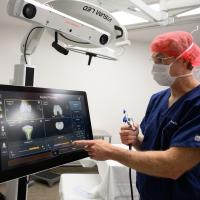

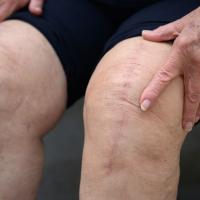


In the years between Helen’s first and second knee replacement, a new team member joined the orthopaedic department: a robot. More accurately, a robotics computer system that improves surgical precision—assisting Dr. Selby, not replacing him.
“When you hear robotics, you think of a robot with a little face,” said Dr. Selby. “Or you think of maybe a robotic arm performing the entire operation like you see in an assembly plant. It’s not that at all. Robotics refers more to the computer feedback mechanism.”
Joint replacements require delicate attention beyond replacing bones. Robotics are capable of meticulous measurements of bone alignment and soft tissue, allowing surgeons to personalize implants for each individual patient. Out of around 600 joint surgeries that Dr. Selby performs each year, approximately 100 currently meet the selection criteria for robotics.
Dr. Selby feels that robotics technology would have also been helpful for Helen’s first knee replacement. “That was related to a previous fracture and injury, and so that made that one a little bit more complicated. The robotic surgery in my hands has been shown to be even more accurate and more useful in a patient with a previous deformity like hers.”
Helen’s son currently works as the head orthopaedic tech and orthopaedic and podiatry coordinator at Clark Regional Medical Center, a UK HealthCare affiliate. Naturally, he took a special interest in his mother’s experience. “I got to see the [post-surgical] x-rays and the final result,” said Robert. I’ve seen a lot of x-rays in my time. It was probably one of the best that I’ve seen in my 29 years of assisting orthopaedic surgery. I was just blown away.”
After Helen’s second knee replacement, life around the Wheats’ kitchen table quickly returned to normal. Due to COVID-19, surgeries like hers have been conducted as outpatient procedures. “I think the biggest surprise to me was that it was all outpatient and I was home,” said Helen. “I had dinner at six o’clock, after getting home at five o’clock. It was a piece of cake. I was back to cooking in just a few days.”
Retired now, she’s thrilled to be back in her garden and sharing her fresh veggies with her neighbors. Best of all, she had a do-over on her Florida vacation this year, with no problems getting around. She heartily recommends robotics-assisted joint replacements.
“My experience at UK HealthCare was fantastic for all three of the surgeries,” said Helen. “I really did not experience pain at all, especially with the second [surgery]. My mobility was fantastic with this second knee. I’m not afraid to go places.”






